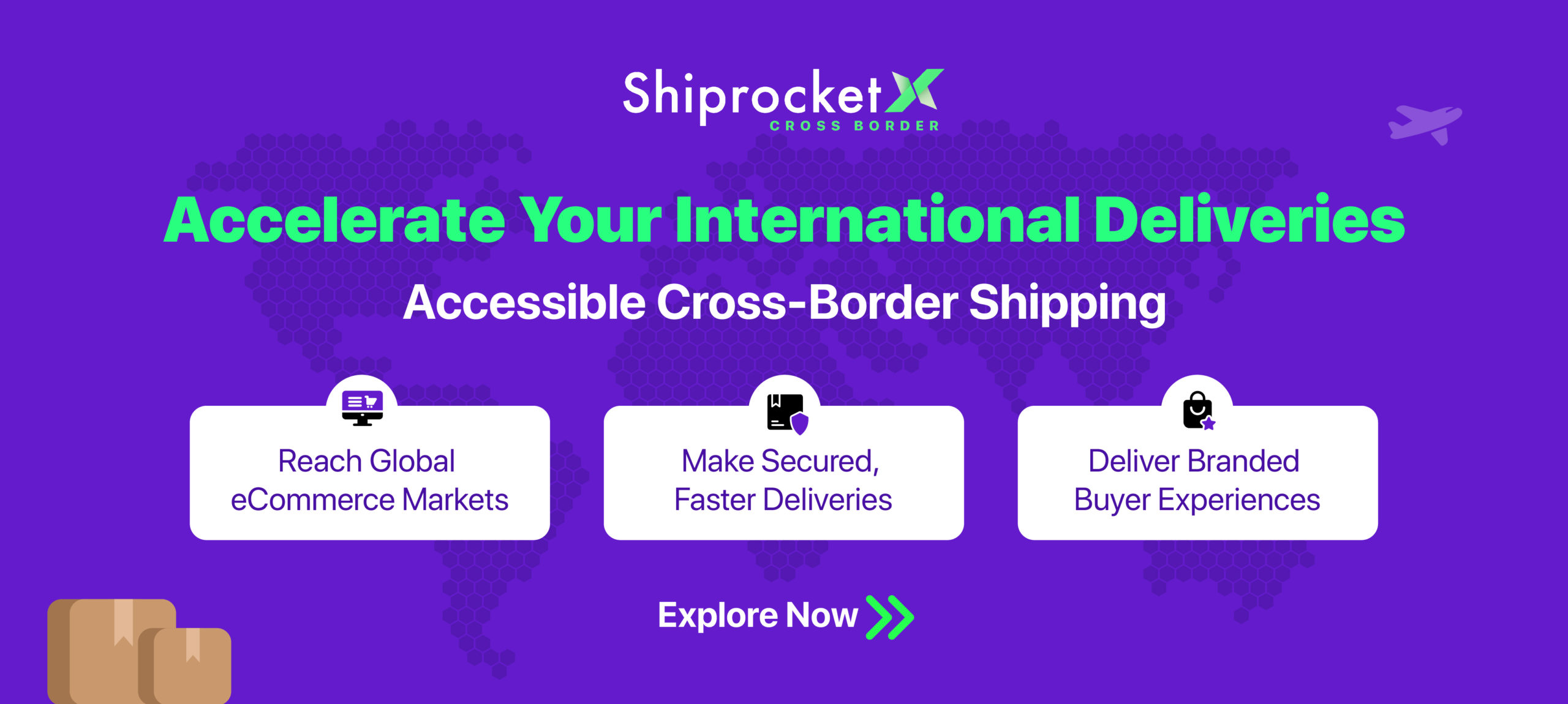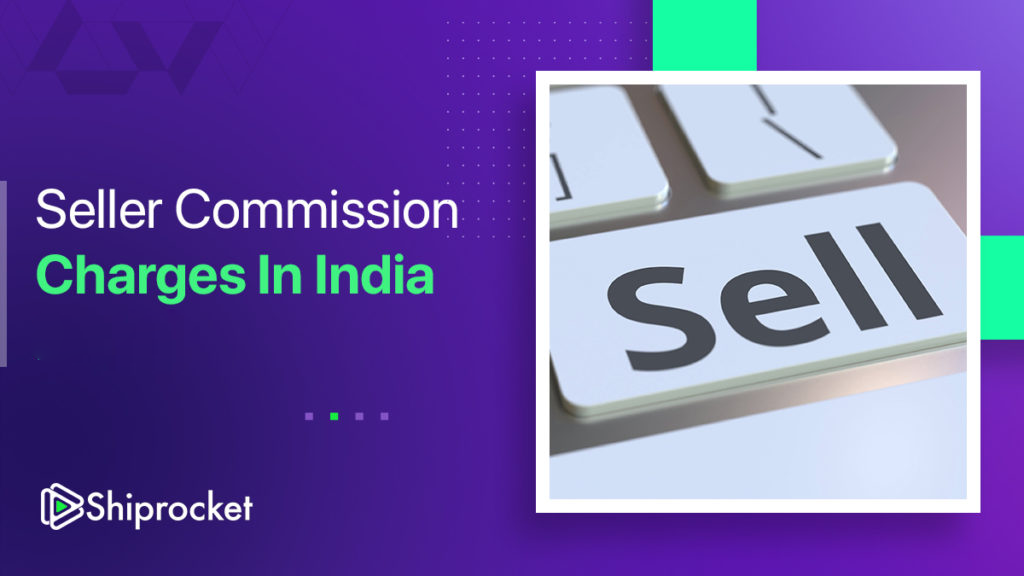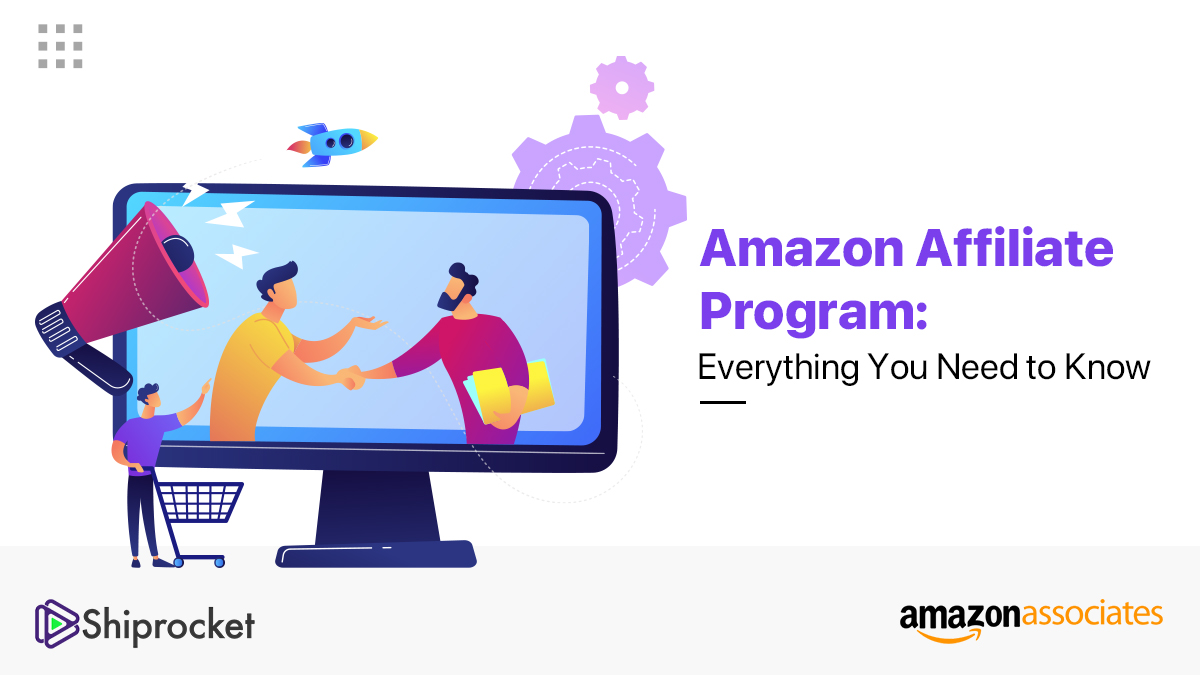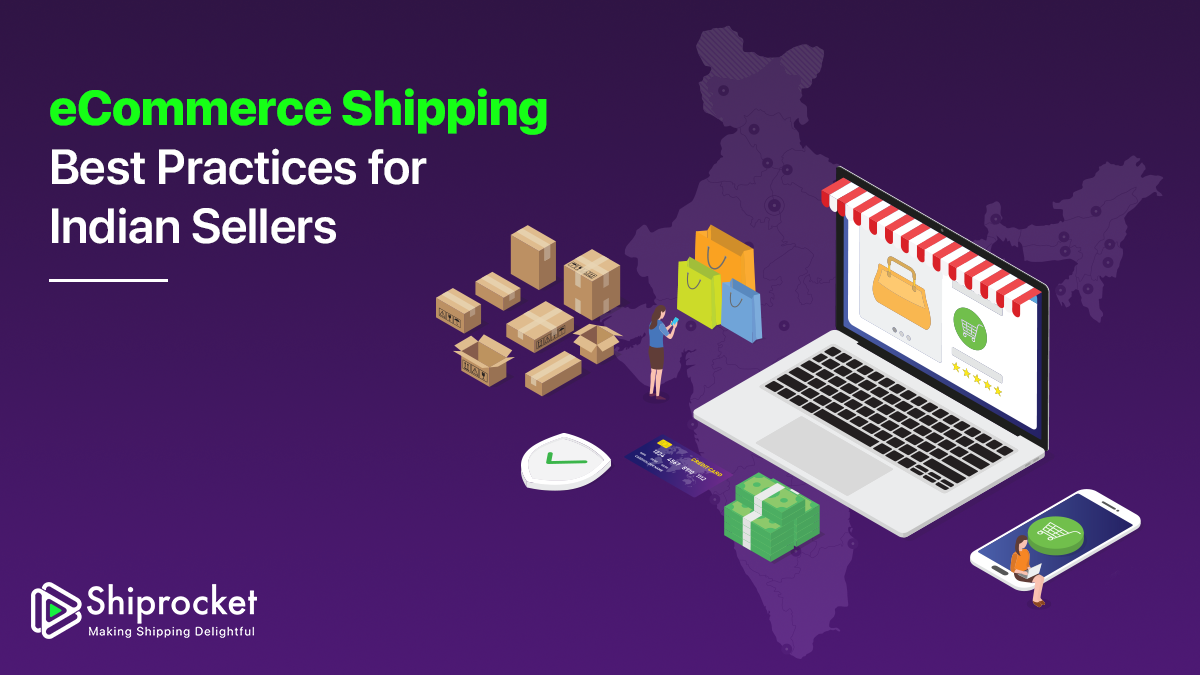International Shipping Documentation & Taxes Demystified
The transportation of goods between two countries may occur because of a variety of reasons. However, the majority of it is largely for increasing the value of goods. With the substantial increase in the popularity of eCommerce, a number of smaller businesses today require international transportation. Here, we have tried to explain the different steps involved in international shipping that you must know before booking your first shipment.
Booking agents, customs house brokers, shipping lines and freight forwarders – there are several players that have a role to play in international transportation. In case your shipping relates to the cargo which can be accommodated in a standard shipping container but still isn’t enough to fill it up or in case the cargo is not very urgent for you to pay additional charges in the form of air freight, you can probably settle for a less than container load solution.
The shipping line is the company which carries your cargo at sea. You may perhaps never speak to them or even have any correspondence with them. However, it is the freight forwarder who is the logistics provider that you deal with. They will help you with the process of transportation going from shipper to a consignee – either one of it can be you.
On the other hand, the shipper is the party who begins the process of shipment. It could either be you or a seller or factory from where you buy the product. Consignee is the receiver of the cargo, which could again be you or someone who you are selling the product to.
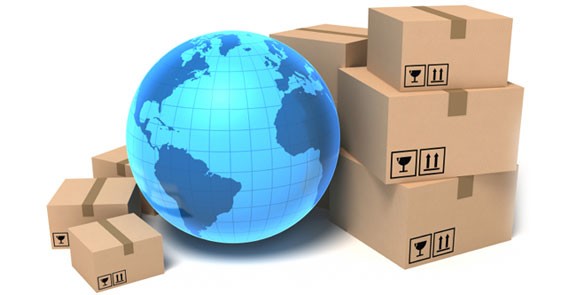
Documentation Required for International Shipping
For the transportation of goods from shipper to consignee, there are 5 physical steps and 2 documentation steps involved. These steps are involved in every shipment process. In each of these 7 steps, there is a cost involved which ought to be settled by someone – shipper or consignee. If you wish to get rid of the unnecessary delays or the cost surprises in the supply chain, you must draft a clear agreement on who exactly pays for each of these 7 steps every time a shipment is booked so that, in the case of a doubt you can look through the contract signed between the consignee and the shipper. When it comes to the sale of goods, more often than not the handover of liability for the goods is a part of the contract which will then be the source of establishing who pays for what.

1. Export haulage
The first step in transportation process is export haulage. This process involves the movement of the cargo from the shipper’s premises to the premise of the forwarder. At times when there is less than container load shipments, the forwarder’s premises is an export consolidation center where the forwarder will have their own nominated agents in their control. The goods would usually be transported by road, rail or a combination of the two. In case it is agreed that the shipper would be responsible for this chain of transportation, it would be then arranged via a local transportation company. On the other hand, if the consignee is responsible, it is the freight forwarder who happens to offer export haulage.
Loading in the truck at the premise of the shipper is not a part of the process and loading of the truck at the premise of the forwarder is also not a part of the export haulage.
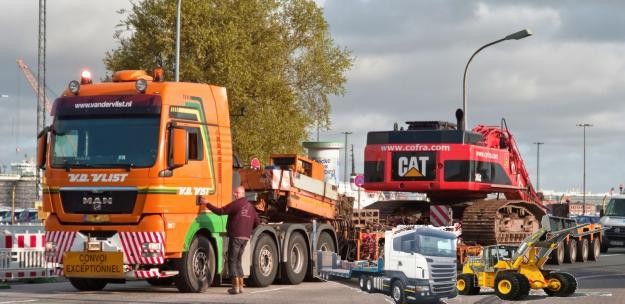
2. Export customs clearance
Whenever a shipment leaves a country, customs formalities ought to take place in order to cater to the regulatory requirements. Customs clearance is a transaction where a declaration is drafted and the documents are submitted to the authorities. This can be performed strictly by companies that have valid customs licenses. The export clearance can either be carried out by a freight forwarder who has a valid license or an agent who is hired by the freight forwarder. Alternatively, this can also be performed by a customs house broker who is directly appointed by the shipper who doesn’t really play any other part in the shipment process. The entire process ought to be completed before the cargo leaves the origin country. In case this is not carried out by the freight forwarder, it must be completed before the cargo enters the origin warehouse of the forwarder.
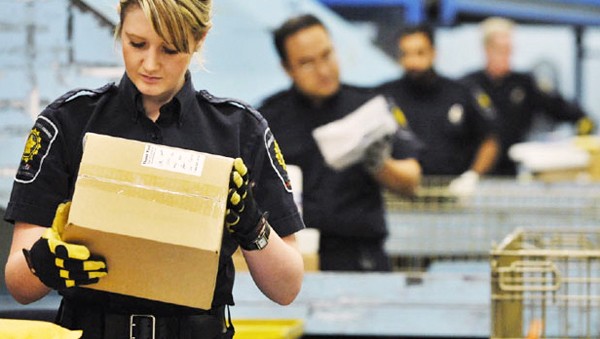
3. Origin handling
Origin handling involves the inspection and the physical handling of the cargo right from receiving it at the origin till it is loaded on a ship in the container. There are a variety of steps performed under the origin handling by different parties, however, all of it is coordinated and falls under the responsibility of the freight forwarder. Sometimes, the freight forwarder might hire an agent to do this for him. When the cargo is received, it is inspected, consolidated with other cargo, planned for loading, stuffed into a container and finally transported to the port where it is loaded on the ship.
Usually, it is the freight forwarder who caters to the origin handling. However, it can be either paid for by a consignee or a shipper regardless of who actually bought the freight forwarding.
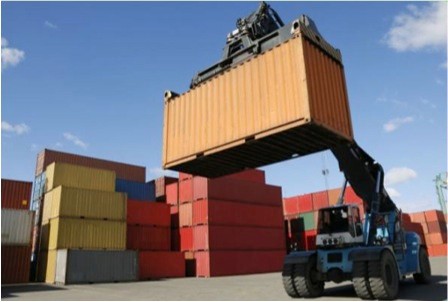
4. Ocean Freight
Next, the freight forwarder decides on a shipping line so as to cater to the ocean freight from the origin to the destination in order to adhere to the required timeline for the shipments. The shipping line and the freight forwarder has a contract of carriage for the container. In this case, the consignee or the shipper is not subject to any direct interaction with the shipping line.
Here, the cost will be charged to the consignee or the shipper. However, what is to know is that the ocean freight never really is the entire cost of shipping from port to port. There are different surcharges levied on the industry – currency adjustment factor and bunker adjustment factor that will be passed to the consignee or the shipper.

5. Import Customs Clearance
This process usually begins before the cargo reaches the destination country. When it comes to export customs clearance, it is only a formality where the declaration is developed and submitted in addition to the relevant documents that enable the authorities to register and levy any customs duty on the shipment. The import customs clearance is handled by the freight forwarder. Again this may be carried out by the agent of the freight forwarder or even a customs house broker who is usually hired by the consignee.
This process ought to be completed before the cargo leaves a customs bonded area in the destination country. In other words, it would mean before the cargo leaves the freight forwarder’s destination warehouse.
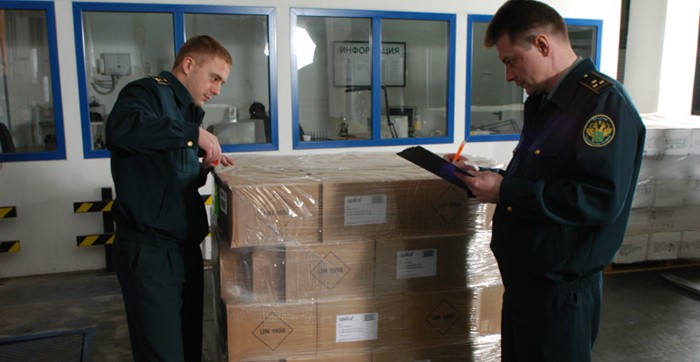
6. Destination Handling
Cargo handling is required even at the destination prior to its release to the consignee. In other words, the process involves the transfer of the container from the ship to the shore. From there, the container is taken to the forwarder’s destination warehouse. The process also involves preparing the cargo for the consignee for collection and the un-stuffing of the container.
The destination handling involves a couple of destination charges that are majorly performed by the freight forwarder or his agent. It may be charged to the consignee or the shipper however it must be paid in full before the cargo reaches the consignee.
7. Import Haulage
The last step in the transportation is naturally the delivery of the cargo to the consignee. This can be carried out either by the local transportation company hired by the consignee or the freight forwarder. In case, it is being arranged by the shipper, it would be a good idea to use freight forwarder who can even arrange for the import haulage. The process basically involves transportation to the requisite address. It, however, would not involve unloading from the truck as that is the responsibility of the consignee.
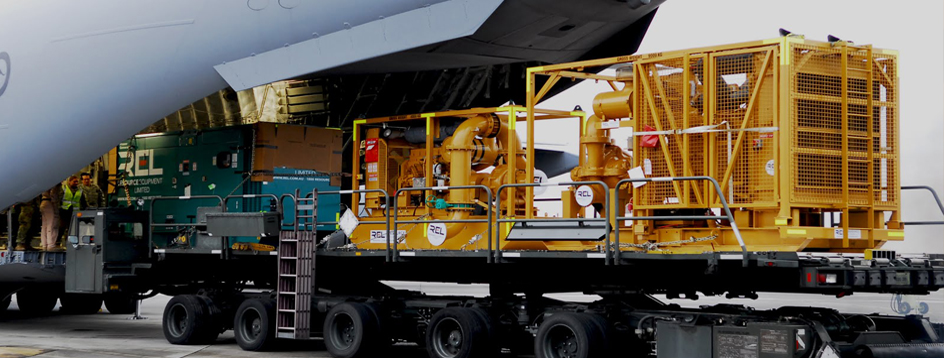
Final Say
Despite shipping being a tedious task, we have tried our bit to simplify the entire process for you. Now that you know all about the documentation required in shipping internationally, it’s time for you to go global. Happy Shipping!


